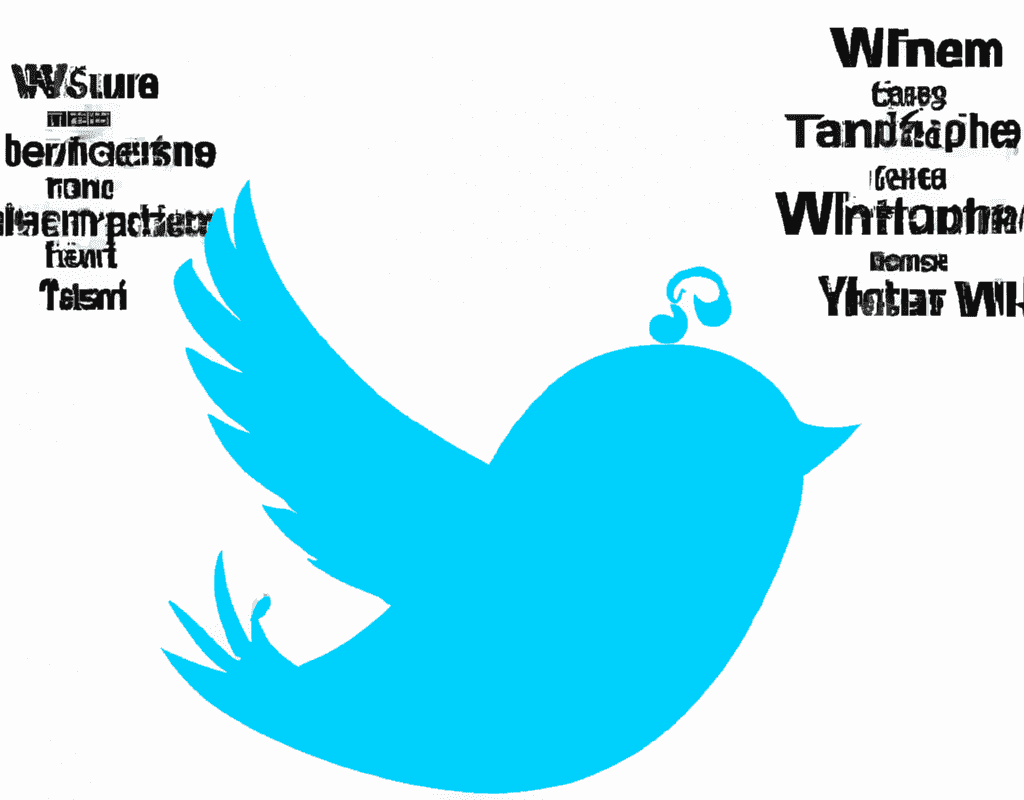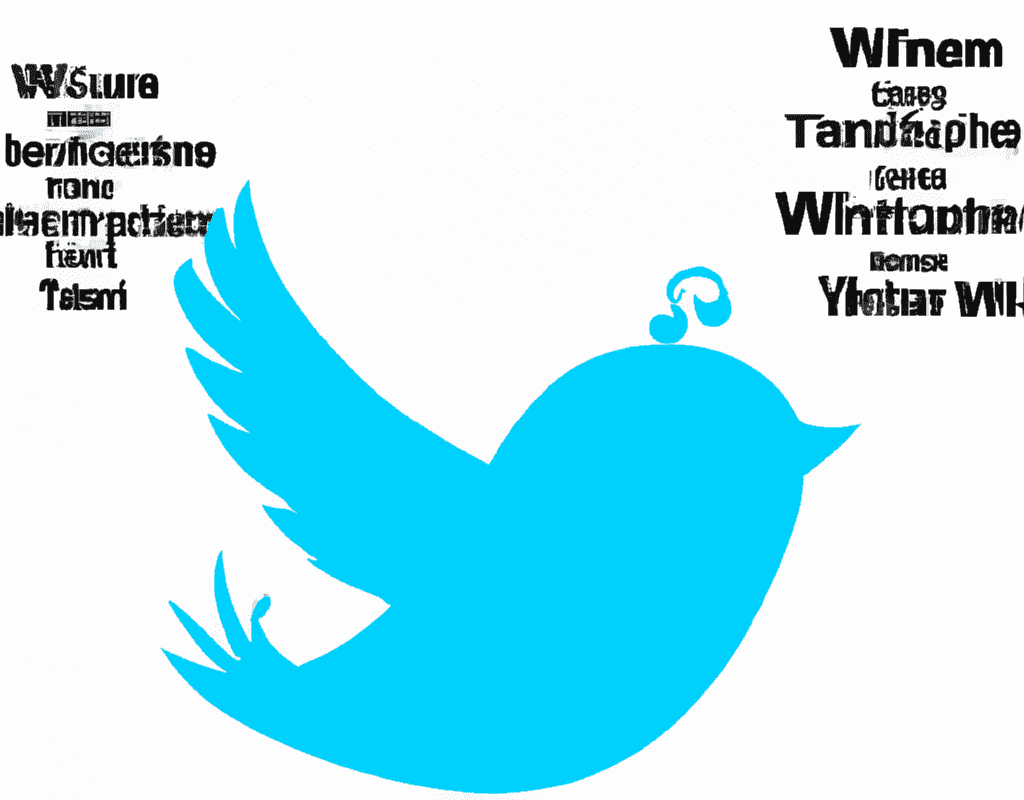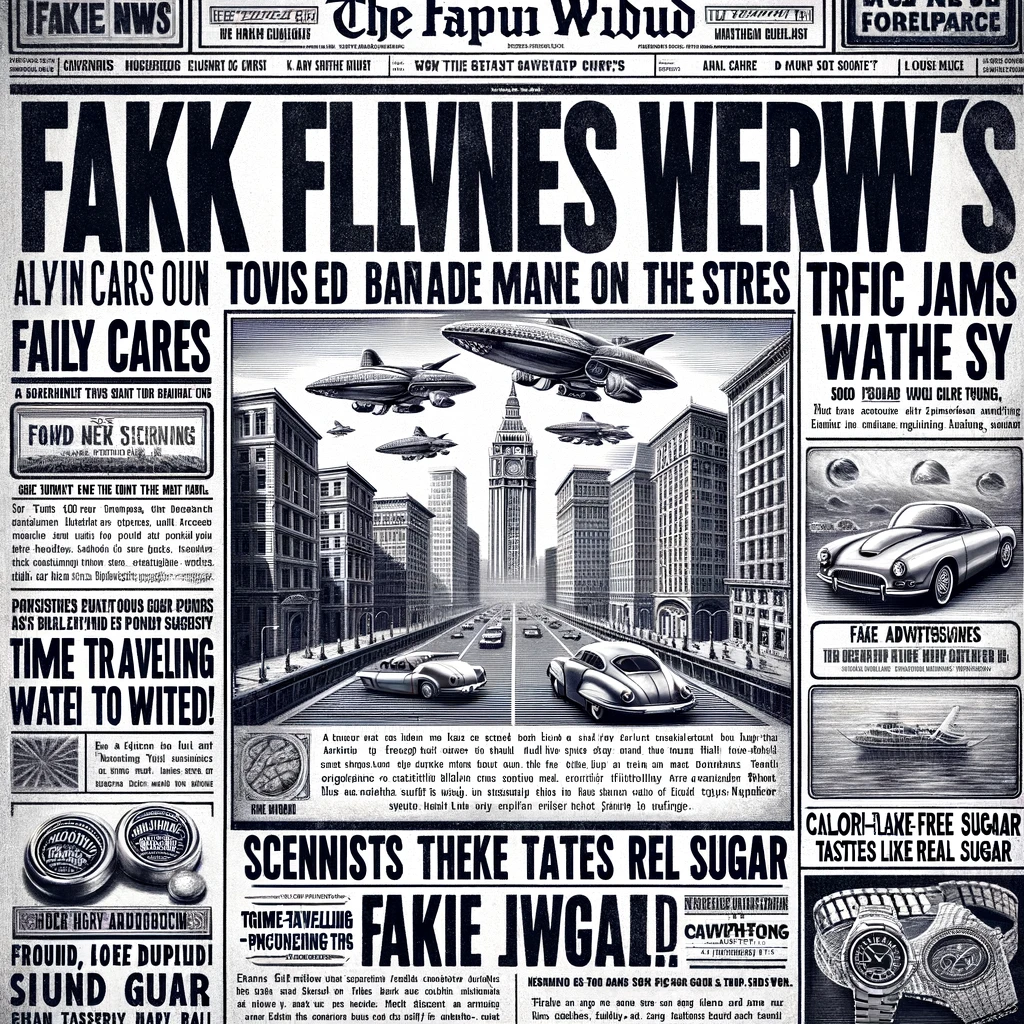In the digital age, the line between fact and fiction is often blurred, and nowhere is this more dangerous than in the realm of political influence. The power to shape narratives, sway public opinion, and manipulate democratic processes is no longer just the domain of politicians and pundits — it’s a high-stakes game involving shadowy operatives, shell companies, and an arsenal of disinformation tools. The latest indictments from the Department of Justice expose the scale of Russian propaganda campaigns to reveal just how deeply this game is rigged against us.
At the heart of this operation is a well-oiled propaganda machine, targeting the fault lines of American society — free speech, immigration, and even our national pastime of online gaming. And in the backdrop of these revelations looms the 2024 presidential election, a moment ripe for manipulation by foreign actors with the singular goal of deepening our divisions. While these efforts may feel like the plot of a dystopian thriller, they are all too real, with disinformation campaigns working to tilt the scales of democracy in favor of authoritarianism.
Last week, the Department of Justice released a treasure trove of indictments and accompanying information about the depth and breadth of the still ongoing Russian influence campaigns raging in the US and elsewhere — with a particular focus on sowing discord ahead of the US 2024 elections. Let’s take a look at the major pillars of the DOJ’s work.
RT employees and right-wing influencers indicted
On September 3, 2024, the Department of Justice filed an indictment of two Russian nationals, Kostiantyn Kalashnikov and Elena Afanasyeva, for covertly funding a Tennessee-based content creation company that published videos promoting Russian interests. According to the indictment, they funneled nearly $10 million through shell companies to spread pro-Russian propaganda and disinformation on U.S. social media platforms. The defendants posed as U.S.-based editors, directing content that amplified domestic divisions and supported Russian government narratives. Both are charged with conspiracy to violate the Foreign Agents Registration Act (FARA) and money laundering.
Although not specifically named, there are enough uniquely identifying clues in the document to identify the content company in the scheme as Tenet Media, a company run by married couple Liam Donovan and Lauren Chen — herself a prominent “conservative” commentator associated with Glenn Beck‘s The Blaze and Charlie Kirk’s Turning Point USA. The six commentators who were being paid exorbitantly by the Russians for their content (as much as $100,000 per video) — all of whom, improbably, claim to have been duped — are Tim Pool, Dave Rubin, and Benny Johnson, Tayler Hansen, Matt Christiansen, and Lauren Southern. All are outspoken Trump supporters, and are on record parroting Russian talking points despite claiming the work was wholly their own.
Continue reading Russian propaganda campaigns exposed by the DOJ in a slew of indictments












